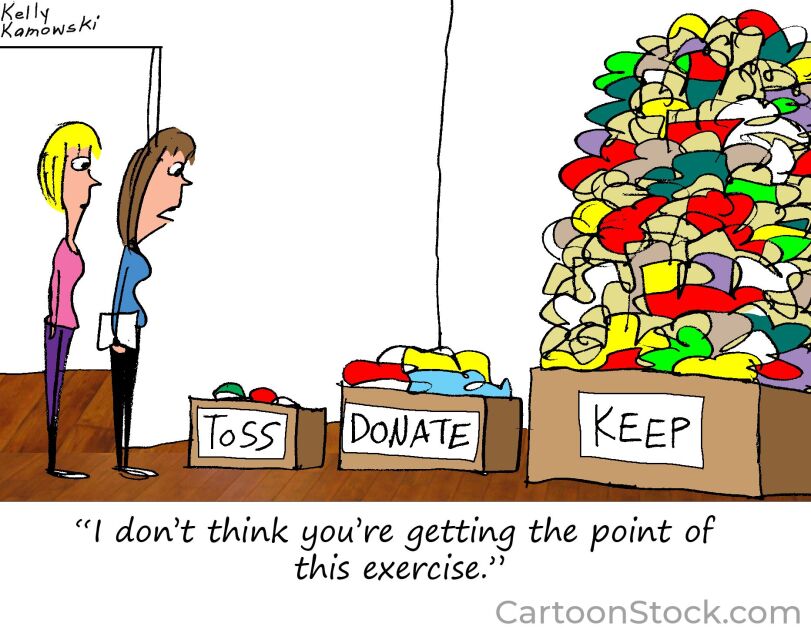As millions more children were covered under an expansion of the State Children’s Health Insurance Program last week, a new study indicated the change may have educational benefits.
Expanding children’s access to health care is linked to improved reading scores on the National Assessment of Educational Progress among 4th and 8th graders, possibly because healthier children perform better in school, concludes the study by Phillip B. Levine, a professor at Wellesley College in Wellesley, Mass., and Diane Whitmore Schanzenbach for the National Bureau of Economic Research, a private, nonprofit research organization in Cambridge, Mass.
Mr. Levine said the results are modest: about one-tenth of a standard deviation, or 3 points on a test in which the average score is 239. The main goal of expanded health care should be improving health outcomes for children, he said, but “this is like an added bonus.”
President Barack Obama signed into law Feb. 4 a measure that will offer SCHIP for 4 million additional children. SCHIP, which enrolls about 6.6 million children and 670,000 adults, is intended for children and families who are above the federal poverty line, but can’t afford private insurance.
The researchers determined that expanded access to programs like SCHIP appeared to lead to better health for children, as shown by decreases in infant mortality and low birth weight among infants whose parents had greater access to insurance.
Rates of infant mortality and low birth weight were used as a proxy for overall child health, and those rates were then compared against test scores. A 50-percentage-point increase in eligibility for insurance was linked to an increase in NAEP reading scores.
Math scores, however, were unaffected by health-care access. Based on other studies, the authors suggest that math scores may be more closely related to good instruction than is reading, which is influenced by such nonschool factors as books in the home.








